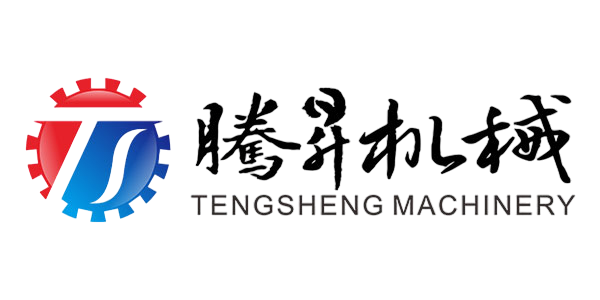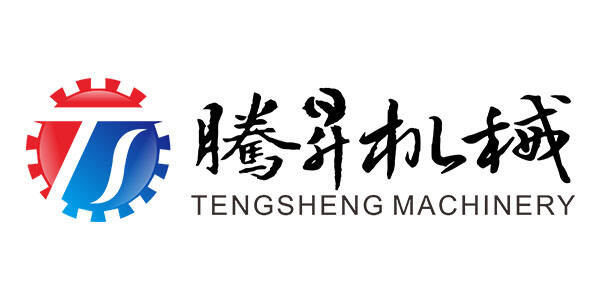
Sweet corn shellers make quick work of separating those kernels from their cobs, doing in just a few minutes what would take hours if done manually. Depending on which model they get, these machines can handle anywhere between 2 to 15 tons of corn every single hour. That cuts down on those frustrating post harvest delays by around 65 to 80 percent when compared with old fashioned hand shelling according to some USDA data from last year. The machines come equipped with built in husking systems and rotors that can be adjusted for speed, so there's hardly any damage to the actual kernels while still achieving pretty much perfect separation rates at about 98%. For farmers dealing with time sensitive operations, this kind of reliability makes all the difference. They don't have to rush through processing and risk damaging their crops, which matters a lot since sweet corn doesn't stay fresh as long as other varieties do.
Choosing the right sheller capacity prevents underutilization or overinvestment. Key benchmarks include:
| Farm Size | Daily Harvest Volume | Ideal Sheller Capacity | ROI Timeline |
|---|---|---|---|
| <20 acres | 1–3 tons | 2–3 t/h manual feed | 14–18 months |
| 20–100 acres | 4–8 tons | 5–6 t/h motorized | 10–12 months |
| >100 acres | 10+ tons | 10–12 t/h automated | 8–10 months |
Farmers should consider corn variety (dent vs. supersweet), cob moisture levels, and downstream packaging when selecting equipment. Field trials indicate proper sizing improves asset utilization by 33% and reduces energy waste by 22% (National Corn Growers Association 2024).
Sweet corn shelling machines cut down on manual work quite a bit, maybe around two thirds less than doing it all by hand according to recent agricultural tech reports. These devices handle both the husking process and separating out those kernels from the cob, which takes away all that boring repetitive work that people used to do manually. A farming group somewhere in the Midwest actually saw real benefits when they started using these shellers. They managed to free up about eight hours each day per ton processed, allowing workers to focus on better things like checking product quality and improving packaging methods instead of just shelling corn all day long.
Commercial-grade shellers save an average of 45 minutes per ton during peak harvest. This time efficiency enables farms to reassign workers to precision tasks like irrigation maintenance or pest monitoring without increasing headcount. For operations handling over 50 tons weekly, seasonal labor costs decrease by 18–22% (USDA 2023).
While mechanization reduces payroll expenses, it shifts labor demand toward technical roles. Farms using shellers typically reinvest 30–40% of labor savings into training for equipment maintenance and food safety protocols. This approach sustains employment while boosting productivity per worker by 37% (Midwest Agribusiness Report 2023).
Sweet corn shellers these days are pretty advanced, with pressure controls set just right so they don't crush those precious kernels while removing the husks. Manual shelling is another story altogether since people tend to apply too much force here and there. Mechanical systems actually cut down on broken kernels somewhere between 40 to 60 percent according to recent industry research from last year. The result? Corn that keeps its texture intact and retains that natural sweetness we all love. For companies producing high quality frozen corn or premium canned goods, this level of care makes all the difference in maintaining product consistency and customer satisfaction.
Mechanically shelled corn achieves 92–95% uniformity in kernel size and texture—critical for bulk buyers in processed food markets. According to the 2023 Agribusiness Quality Report, this consistency commands 18–22% higher prices than hand-shelled corn, as distributors prioritize defect-free batches for retail packaging.
Farms using mechanical shelling report 25% faster buyer approvals and 19% fewer rejected shipments. The technology meets strict quality standards for 83% of commercial buyers, compared to 58% acceptance for manual methods. This advantage stems from automated workflows that keep kernel damage below 5%—a threshold difficult to achieve manually.
Modern sweet corn shellers adapt to various hybrids, heirloom varieties, and field types. Adjustable roller configurations accommodate cobs with 12–16 kernel rows and diameters from 1.2" to 2.5". Spring-loaded pressure plates automatically adjust for husk thickness and moisture content (14–22%), ensuring consistent performance across varieties like Supersweet SH2 and Golden Bantam.
Farmers tailor sheller deployment through modular designs:
Portable hitch-mounted models support shared equipment among cooperatives, while industrial systems feature automated cob ejection and dual-stage cleaning for continuous operation. Matching machine capacity to yield reduces shelling costs by $18–$42 per ton (Midwest study).
The latest shellers now feature carbide tipped extraction wheels along with self cleaning husk channels. They can handle around 2.8 tons per hour while maintaining about 97 percent kernel integrity according to AgriTech Quarterly last year. What makes these machines special is their variable frequency drives which let operators adjust the shelling pressure precisely. This helps protect those delicate heirloom corn varieties without slowing things down too much. All these upgrades come from some pretty interesting work with polymers in farm equipment design. Components last roughly 40 percent longer than old steel based systems, which means less downtime for repairs during harvest season when every minute counts.
Next-gen models include IoT-enabled vibration sensors that transmit bearing health data to farm management platforms. A 2023 field trial found predictive algorithms detected motor issues 65 hours before failure, cutting unplanned downtime by 92%. Cloud-connected dashboards deliver real-time insights on:
These data-driven systems have extended average sheller lifespans from 7 to 12 harvest seasons.
A Midwestern cooperative reduced seasonal labor costs by $24,000 after deploying vision-guided shellers with machine learning cob alignment. The AI system adapts to kernel maturity variations, maintaining 94% processing consistency across hybrid and open-pollinated crops. During peak harvest, the co-op achieved:
Operators now redirect 15 weekly hours previously spent on adjustments to quality control tasks.


Copyright © 2024 Zhaoqing Tengsheng Machinery Co., Ltd all rights reserved - Privacy policy